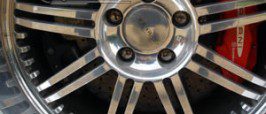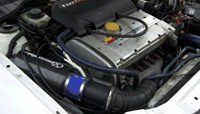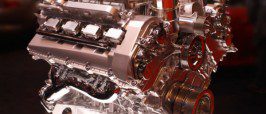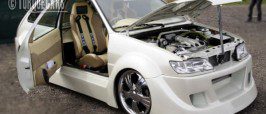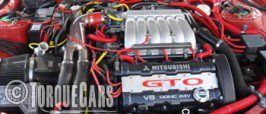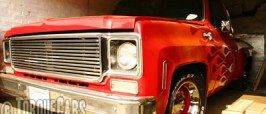Bristol Tuning Tips and Modifications
Maximise your Bristols driving pleasure
Thank you so much for visiting TorqueCars, we love Bristol’s and see quite a few interesting projects.
If you are looking to build the ultimate Bristol then you’ve found the right place.
Our tuning tips and articles for the Bristol cover all the best mods and latest tuning methods to help you build a great modified Bristol.
With the help of our forum members, industry professionals and seasoned car modders we present a best practice guide to modding your Bristol.
Please join us in our forums, we love to hear what members are up to and it helps us spot trends so that we can ensure the site is always covering the latest and greatest tuning topics.
Feel free to drop a tip or suggestion on the comments box at the bottom of each and every article, this feedback is greatly valued and helps us refine our articles.
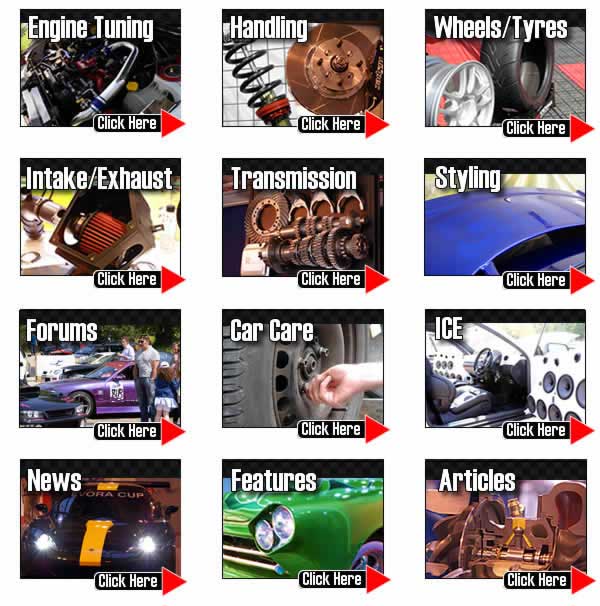
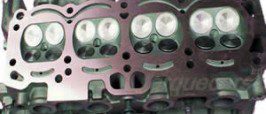
The heads primary job is the mixing of fuel and air and delivering this to the combustion chamber.
Any turbulence or drag can restrict the air flow into the engine starving you of power. So this TorqueCars article will focus on the intake valves and how they can be improved.
The aim of head tuning is both to maximise the amount of air and fuel that gets into the engine, and to improve the mixture.
Fuel Guide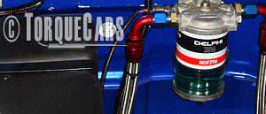
We look at race fuels, street fuels, discuss lead, 2 stroke fuel and everything in between. If there is something you need to know about fuel and which one would be best for you then it’s in this article.
Vents – adding performance with Bonnet vents.
Performance gains are possible with the addition of bonnet vents.
Warm air really does kill performance. This is due to the air intake temperatures being hot and air at high temperatures carries less oxygen.
When driving an engine hard the under bonnet temperatures quickly build up and the engine has no choice but to suck this air in reducing your power.
Particulate filters and FAP Performance gains.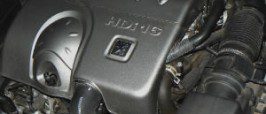
The particulate filter is a stand alone unit. It is located upstream of the cat in the exhaust system and its purpose is to remove soot particles from the gas stream. The cat the proceeds to do its usual job of converting CO to CO2 and is in no way dependent or relied upon by the particulate filter.
In diesels the cats are two way devices and run in unregulated mode (ie. no O2 sensor like a petrol car).

